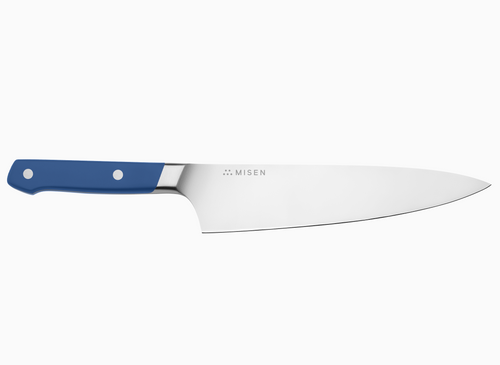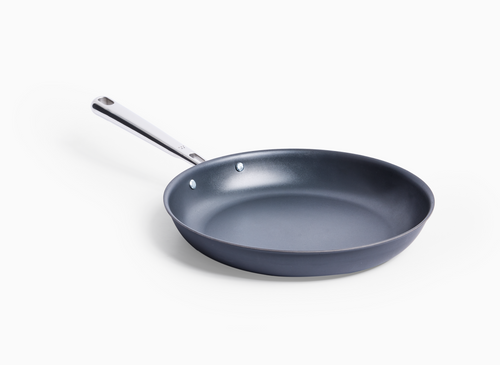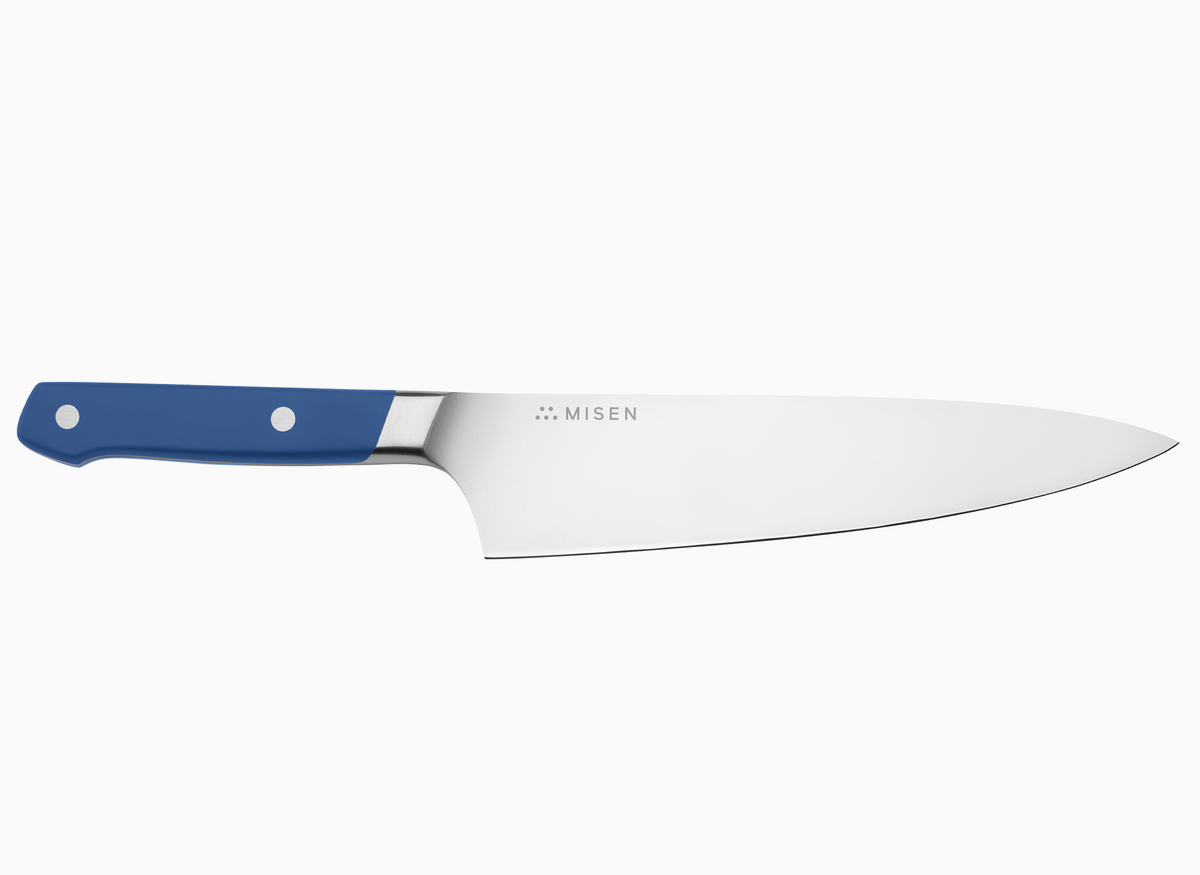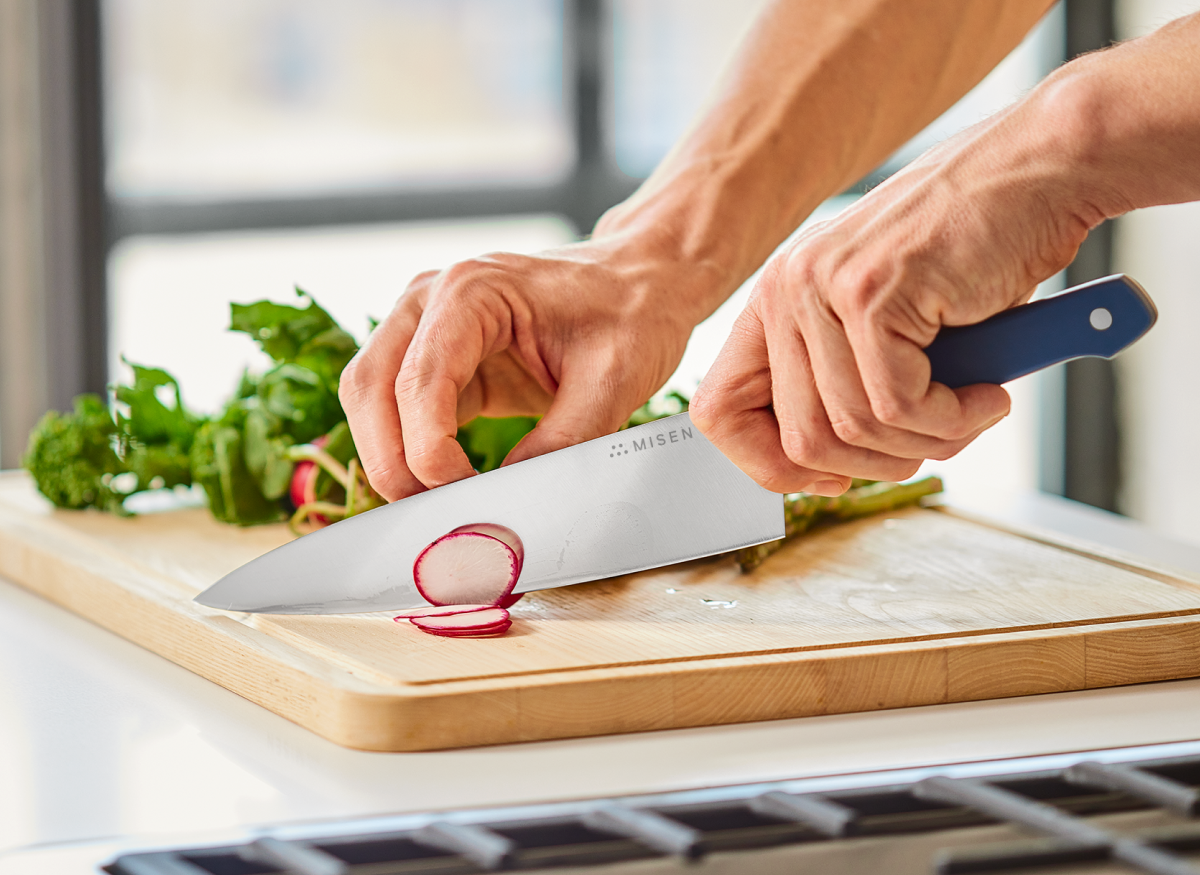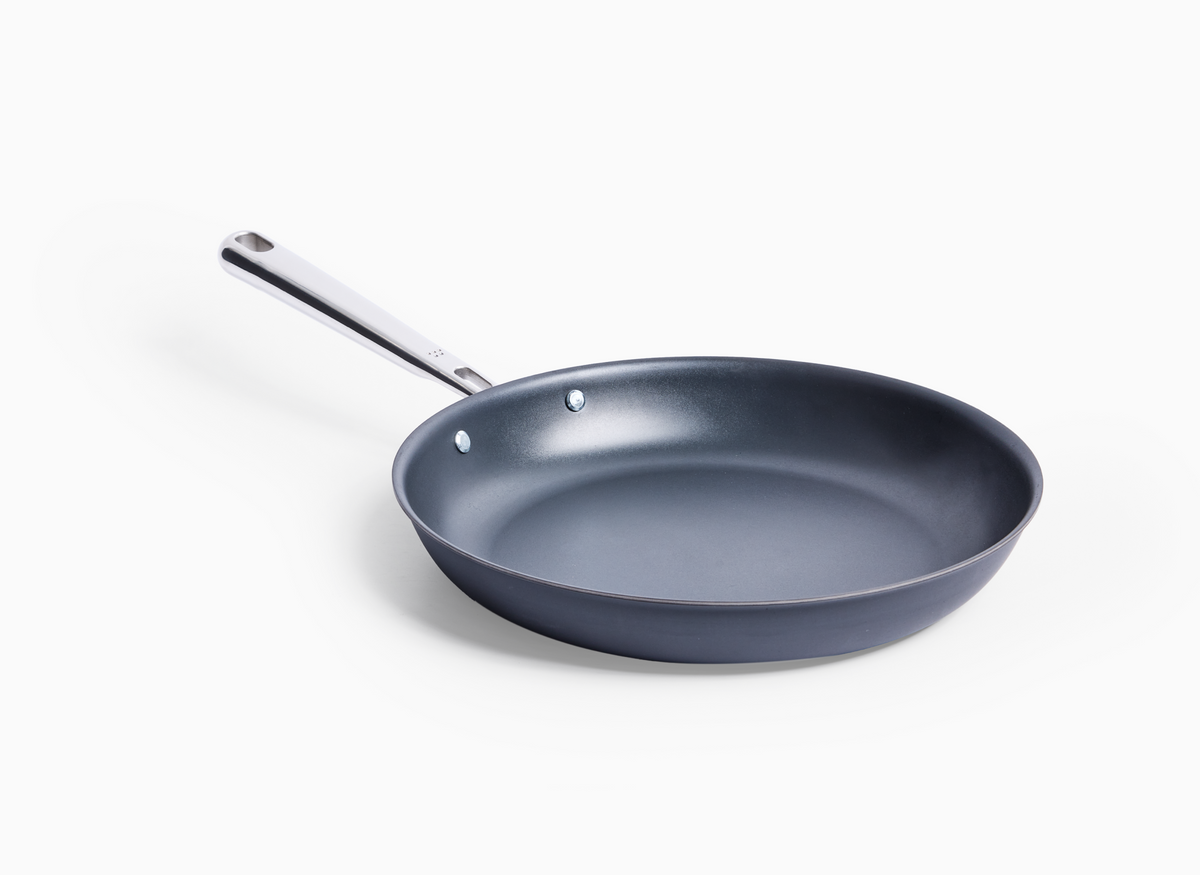How to Cut a Pomegranate

Cutting a pomegranate may seem daunting at first, but with the right technique, it's a straightforward process that yields delicious, juicy arils. This comprehensive guide will walk you through selecting, preparing, and cutting a pomegranate, as well as provide expert tips for enjoying this nutritious fruit.
Introduction to Pomegranates
What is a pomegranate?
The pomegranate (Punica granatum) is a fascinating fruit with a rich history and unique structure. This deciduous shrub or small tree produces distinctive berries with a thick, reddish husk encasing hundreds of edible seeds called arils. These juicy arils are arranged in chambers separated by membranous walls, giving the fruit its characteristic internal structure.
Pomegranate trees typically grow between 5 and 10 meters tall, adorned with glossy, narrow leaves and vibrant red flowers. The fruit itself is crowned with a prominent calyx, resembling a small crown – a remnant of its beautiful blossom. This unique appearance has made pomegranates a symbol of fertility and abundance in many cultures throughout history.
Nutritional benefits of pomegranates
Pomegranates are not just visually striking; they're also nutritional powerhouses. These vibrant fruits are low in calories and fat while being rich in fiber, vitamins, and minerals. A single pomegranate provides a significant portion of the daily recommended intake of vitamin C, vitamin K, and folate[1].
What truly sets pomegranates apart is their impressive antioxidant profile. They contain powerful compounds such as punicalagins, anthocyanins, and ellagitannins, which contribute to the fruit's potent anti-inflammatory and disease-fighting properties[2]. These antioxidants have been linked to numerous health benefits, including:
- Improved heart health: Pomegranate consumption may help reduce arterial plaque buildup, lower blood pressure, and decrease inflammation[3].
- Potential cancer prevention: Studies suggest that pomegranate compounds may inhibit the growth of prostate, breast, colon, and lung cancer cells[3].
- Anti-aging effects: The unique combination of phytochemicals in pomegranates may support cognitive function and overall cellular health[2].
- Enhanced exercise endurance: Some research indicates that pomegranate juice may improve exercise performance and recovery[2].
- Support for digestive health: The fruit's fiber content and potential prebiotic effects may benefit the gut microbiome[2].
Selecting a ripe pomegranate
Choosing the perfect pomegranate is crucial for enjoying its full flavor and nutritional benefits. Here are some key factors to consider when selecting a ripe pomegranate:
- Shape: Look for pomegranates with flattened, angular sides rather than perfectly round spheres. This indicates well-developed arils pressing against the inner chambers[4].
- Color: Ripe pomegranates display rich, vibrant hues ranging from bright pink to deep red or brick. Avoid fruits with greenish tints, especially near the stem end[4].
- Weight: A ripe pomegranate should feel heavy for its size, indicating plump, juicy arils inside[5].
- Skin texture: The skin should be smooth and firm, yet easy to scratch with a fingernail. This indicates a soft, leathery quality[6].
- Surface imperfections: Minor abrasions or small cracks (splitting) on the surface are actuallypositive signs of ripeness.
- Sound test: Gently tap the fruit; a metallic, hollow sound indicates ripeness, while a dull or dense sound suggests the fruit is not yet ready[4].
By considering these factors, you can confidently select a ripe pomegranate bursting with flavor and nutritional goodness. Remember, the effort you put into choosing the right fruit will pay off when you cut into it and reveal those glistening, ruby-red arils.
Preparing to Cut a Pomegranate
Tools needed
To successfully cut a pomegranate, you'll need a few essential tools:
- Sharp knife: A sharp paring knife or small kitchen knife is crucial for making precise cuts without crushing the delicate arils.
- Large bowl: Fill this with water to help separate the seeds from the membranes and prevent juice from splattering.
- Cutting board: This provides a stable surface for slicing the fruit.
- Colander or strainer: Use this to drain the seeds after they've been separated.
- Apron or old clothes: Protect yourself from potential stains, as pomegranate juice can be quite vibrant and difficult to remove from fabric.
- Paper towels or clean kitchen towel: Keep these on hand for wiping up any stray juice or cleaning your hands during the process[7].
Having these tools ready before you begin will make the process smoother and more enjoyable. For those who frequently work with pomegranates or other fruits that require careful handling, investing in high-quality kitchen tools can make a significant difference in your culinary experience.
Workspace setup
Setting up your workspace properly is crucial for efficiently cutting a pomegranate while minimizing mess. Follow these steps to create an ideal environment:
- Choose a spacious, well-lit area in your kitchen, preferably near a sink for easy cleanup.
- Lay out a large cutting board to provide ample space for maneuvering the fruit.
- Place a deep bowl filled with cool water nearby; this will be used to separate the arils from the membrane and catch any stray juice.
- Consider covering your work surface with a dark-colored towel or plastic sheet to protect it from potential stains.
- Wear an apron or old clothes to shield yourself from juice splatters.
- Keep paper towels or a clean kitchen cloth within reach for quick cleanups.
- Position your sharp knife and any other tools you plan to use, such as a slotted spoon, within easy reach[8].
By thoughtfully arranging your workspace, you'll create an environment conducive to a smooth and enjoyable pomegranate-cutting experience. This setup allows you to focus on the task at hand without worrying about potential messes or inconveniences.
Safety precautions
When cutting a pomegranate, it's essential to prioritize safety to avoid injuries and stains. Here are some important precautions to keep in mind:
- Use a sharp knife with caution: A sharp blade is safer than a dull one, as it requires less force and is less likely to slip.
- Wear protective clothing: An apron or old clothes can shield you from potential juice splatters, which can stain fabric.
- Consider using disposable gloves: These can prevent your hands from becoming stained and maintain hygiene.
- Work over a clean, stable surface: This prevents the fruit from rolling or slipping while you're cutting.
- Be mindful of the tough outer skin: The pomegranate's exterior can resist cutting, so use gentle pressure and focus on following the natural ridges.
- Take care with open wounds: If you have any cuts on your hands, take extra precautions, as the acidic juice can cause discomfort.
- Keep your workspace clean: Wipe up any spills immediately to prevent slipping hazards[7].
By implementing these safety measures, you can enjoy the process of cutting a pomegranate while minimizing risks and messes. Remember, patience and careful handling are key to a safe and successful pomegranate-cutting experience.
Step-by-Step Guide to Cutting a Pomegranate
Scoring the pomegranate
Scoring the pomegranate is a crucial step in the process of opening this delicious fruit. Follow these steps for the best results:
- Begin by using a sharp knife, preferably serrated, to slice off about 1/4 inch from the top of the pomegranate, just below the stem. This reveals the fruit's internal structure, showcasing 5-6 gentle ridges on its surface.
- These natural divisions serve as your guide for the next step. Carefully make thin slits along these ridges, cutting only through the tough outer skin and white pith, without piercing the juicy arils inside.
- It's essential to apply gentle pressure and focus on following the fruit's natural contours to avoid accidentally damaging the seeds.
- Once scored, you can use your hands to gently peel the fruit open, dividing it into sections along the pre-cut lines[7][9].
This technique allows you to maintain the integrity of the arils while creating easy-to-separate segments. By following the pomegranate's natural structure, you'll minimize mess and preserve the vibrant, ruby-red seeds for optimal enjoyment.
Removing the arils (seeds)
There are several effective methods for removing pomegranate arils, each with its own merits. Here are three popular techniques:
- Wooden spoon method:
- Hold the scored pomegranate half over a wide bowl.
- Use a wooden spoon to tap the back of the fruit firmly.
- Rotate both the fruit and spoon to ensure all angles are covered, allowing the arils to fall freely into the bowl[10].
- Water method:
- Submerge the scored pomegranate halves in a bowl of water.
- Gently work to separate the arils underwater.
- The seeds will sink to the bottom while the white membrane floats to the top, making it easy to strain and collect the arils[11].
- Hand separation method:
- Place the opened pomegranate in your palm over a bowl.
- Use your fingers to gently separate the arils.
- This method allows for precise control and minimizes damage to the delicate seeds[12].
Whichever technique you choose, remember to remove any lingering pieces of white membrane from the collected arils before using them in your favorite recipes or enjoying them as a nutritious snack. Each method has its advantages, so feel free to experiment and find the one that works best for you.
Tips and Tricks
Minimizing mess and stains
Cutting a pomegranate can be a messy affair, but with these tips, you can minimize the potential for stains and enjoy a cleaner experience:
- Use the water method: Working with the pomegranate submerged in water prevents juice from squirting onto surfaces or clothing. Any released juice remains contained in the water[13].
- Focus on precision cutting: Use a sharp paring knife to carefully score the pomegranate's exterior along its natural ridges, making shallow cuts that don't pierce the arils. This allows you to easily separate the fruit into segments without excessive juice release[14].
- Wear protective gear: Don an apron or old clothes to shield yourself from potential stains.
- Work over a dark surface: Use a dark-colored towel or cutting board to make any spills less noticeable and easier to clean.
- Have cleaning supplies ready: Keep paper towels or a damp cloth nearby for quick cleanup of any stray juice.
- Rinse thoroughly: After extracting the arils, give them a good rinse to remove any lingering membrane pieces and ensure a clean, stain-free result.
By following these strategies, you can enjoy the process of cutting a pomegranate without worrying about making a mess or staining your clothes and workspace.
Storing cut pomegranate
Proper storage of cut pomegranates is essential to maintain their freshness and flavor. Here are some tips for storing your pomegranate arils and juice:
- Refrigerating arils:
- Store extracted arils in an airtight container in the refrigerator for up to 5 days[15].
- This allows you to enjoy them throughout the week in various dishes or as a quick snack.
- Freezing arils:
- For longer-term storage, spread the arils in a single layer on a wax paper-lined baking sheet.
- Freeze for about 2 hours, then transfer to a moisture-proof freezer bag or container.
- Frozen arils can be stored for up to one year[15].
- Storing pomegranate juice:
- If you've extracted the juice, refrigerate it for 2-3 days or freeze for up to 6 months.
- When freezing juice, leave ½-inch of headspace in the container to allow for expansion[15].
- Whole pomegranates:
- Store whole, uncut pomegranates in a cool, dry, well-ventilated place out of direct sunlight for a few weeks.
- Alternatively, refrigerate whole pomegranates to extend their shelf life to 2 months or more[16].
By following these storage methods, you can ensure that your pomegranates remain fresh and flavorful long after cutting, allowing you to savor this nutritious fruit at your convenience.
Using pomegranate in recipes
Pomegranates offer a vibrant burst of flavor and color to a wide array of culinary creations. Here are some delicious ways to incorporate pomegranate arils and juice into your cooking:
- Salads: Sprinkle arils over green salads, grain salads, or fruit salads for a pop of color and tangy-sweet flavor.
- Main courses: Use pomegranate juice or molasses to create glazes for meats like chicken or duck. The sweet-tart flavor complements rich proteins beautifully.
- Vegetarian dishes: Add arils to roasted vegetable dishes or grain bowls for extra texture and flavor.
- Beverages: Incorporate pomegranate juice into cocktails, mocktails, or smoothies for a refreshing twist.
- Desserts: Use arils as a garnish for cakes, pavlovas, or chocolate desserts. The juice can also be reduced to create a syrup for drizzling over ice cream or cheesecake.
- Breakfast: Sprinkle arils over yogurt, oatmeal, or chia pudding for a nutritious start to your day.
- Sauces and dips: Blend pomegranate juice into sauces or dips for a unique flavor profile that pairs well with both sweet and savory dishes.
- Garnishes: Use arils to add a festive touch to holiday dishes or as a colorful garnish for cheese boards and appetizer platters.
Remember, pomegranate arils can be enjoyed raw or cooked, making them a versatile ingredient in both hot and cold dishes. Their bright, jewel-like appearance makes any dish more visually appealing, while their unique flavor adds depth and complexity to your culinary creations.
Conclusion
Mastering the art of cutting a pomegranate opens up a world of culinary possibilities. With the techniques and tips outlined in this guide, you can confidently tackle this fruit and enjoy its numerous health benefits and delicious flavor. Remember to select ripe pomegranates, use the right tools, and follow safety precautions for the best results.
Whether you're sprinkling arils over a salad, incorporating them into a main dish, or simply enjoying them as a snack, pomegranates are a versatile and nutritious addition to your diet. By properly storing cut pomegranates, you can extend their shelf life and enjoy them in various recipes throughout the week.
Ready to start your culinary adventure with pomegranates and other exciting ingredients? Shop Now for high-quality kitchen tools that will elevate your cooking experience and make preparing fruits like pomegranates a breeze.
- Pomegranates are nutrient-dense fruits packed with antioxidants and health benefits.
- Select ripe pomegranates by looking for angular shapes and rich colors.
- Use a sharp knife and work over a bowl of water to minimize mess.
- Score the fruit along its natural ridges before breaking it apart.
- Gently remove the arils underwater to separate them from the membrane.
- WebMD. (n.d.). Health Benefits of Pomegranates.
- Healthline. (n.d.). 12 Proven Benefits of Pomegranate.
- University of Florida IFAS Extension. (n.d.). Pomegranate Health Benefits.
- Goodnature. (n.d.). How to Pick a Ripe Pomegranate.
- PureWow. (n.d.). How to Tell If a Pomegranate Is Ripe.
- Evolving Table. (n.d.). How to Tell If a Pomegranate Is Ripe.
- Love and Lemons. (n.d.). How to Cut a Pomegranate.
- Better Homes & Gardens. (n.d.). How to Cut a Pomegranate.
- Our Best Bites. (n.d.). How to Cut, De-seed, and Eat a Pomegranate.
- Martha Stewart. (n.d.). How to Cut and Seed a Pomegranate.
- The Cafe Sucre Farine. (n.d.). Easy Way to Remove Pomegranate Seeds.
- Feel Good Foodie. (n.d.). How to Cut a Pomegranate.
- Posh Plate. (n.d.). How to Eat a Pomegranate (No Stains!).
- Minty Kitchen. (n.d.). How to Cut a Pomegranate with Less Mess.
- Soil Born Farms. (n.d.). Storing Pomegranates.
- The Spruce Eats. (n.d.). Pomegranate Selection and Storage.
